|
One of our hibiscus got an infestation of aphids. A lot of plants might have them will all of the temperature and humidity swings, and enough rain in August to kill the drought only for a couple counties to slip back into the drought. All of those extremes can stress plants and open them up to pests. Those of you with milk weeds are probably seeing lots of yellow guys on your plants right now. Unfortunately, I started treating it before I took pictures. Aphids usually attack the growth tips where the plant puts most of it's sugars and is most easily punctured. On the buds (and thumb) above, they are the white and brown specs. Like other soft bodied pests (spider mites, etc), they are actually pretty easy to git rid of. You just have to torture your plants! The best treatment for aphids is....
It may take a couple treatments, but it will work but with no pesticides! If the infestation is really bad, and on multiple plants, following up the spraying with Neem Oil, diatomaceous earth, or insecticidal soap is advised. Doing so will kill off these guys.. Simply using the high pressure spray won't hurt the Aphid Lions. The will get knocked off, but climb back up and morph into Lady Beetles! Where as any of the insecticides will kill them too. --- Alex
0 Comments
I’m not a big plan ahead person. I’m working on that. Owning a business has really made me stretch my organizational and planning skills. But I’m still not one to plan out the week’s menu and have each ingredient on hand. I’ve learned to have a pantry well-stocked with basic ingredients – flour, sugar, pastas, chicken in the freezer, that kind of thing. I also have dried herbs and spices on hand. But fresh ingredients are trickier. Life gets busy. Peppers get wrinkly, carrots a little too flexible. Invariably, I go to the crisper and the lettuce is not crispy. It’s been in there a few days too long, looking limp and not very appetizing. One of my favorite things about having a small garden is being able to walk out my kitchen door and grab a handful of ingredients, simple things like lettuce or kale or spinach, tomatoes, peppers, carrots, herbs – and voilà, salad! Having fresh vegetables right outside the door can be as uncomplicated as carrots or peppers in a Smart Pot® or salad greens in an old washtub. Raised beds are so easy to construct, super easy to maintain, and can significantly reduce a family’s grocery bill from spring until late fall. And really, traditional, in-ground gardening can be pretty low-maintenance, too. We’re so excited to be offering organic vegetable transplants from Julia Laughlin of Prairie Earth Gardens this spring. We will still have lots of healthy vegetable and herb transplants from Prairie Wind Nursery and Red Dirt Plants. If, unlike me, you are a planner, it’s a great time to organize a planting schedule of your favorite vegetables and fruits. Here’s a Garden Planning Guide from OSU Cooperative Extension Service. Here’s another easy to understand planting guide from Robert Stell of Sunrise Acres, long-time, local farmer and vendor at the OSU Farmers Market. And, if your gardening plans are more spur of the moment, just drop by the store and we’ll help you pick out a few things to grow.
Ah, Summer. The heat index was 105 degrees yesterday, today looks like it will rain enough to make tomorrow miserable, and the weekend doesn't look much better. This means, for those of us that WANT to get out in the gardens, our plants may not be looking all that great. Geraniums are yellowing, petunias are petunia-ing, and Periwinkles are... well, they are probably fine. But there is a class of plants that is, just now, beginning to look their best! Of course these are the plants that were here before any of us were; native plants! Natives will thrive in any condition Oklahoma can throw at us because they have spent countless ages adapting to our, eh hem, interesting weather patterns. The best part is that most of them start blooming when our spring perennials and annuals are starting to fade.
These are just a few of the natives that are available. Slash Pine, Kentucky Coffee Tree, and Catalpas, Blue Grama Grass, Indian Steel Grass, even a Sugar Maple! So, if your yard or garden usually look a little drab this time of year and you want some color or texture to tide you over until Pansy and Mum time, think about some native plants. The are easy, sustainable, and better than organic because they rarely need ANYTHING applied to them to grow well. In fact, fertilizers and compost can harm or disfigure natives like Rudbeckia, grasses and Cone Flower either by encouraging too much growth so that they flop over or just burn the leaves! They will need regular, deep waterings in their first year, but soon they will need nothing except the occasional pruning or deadheading to keep them looking tidy.
The henbit is dying, and making way for some of the more noxious weeds. Crabgrass being the number one offender.
Using something pretty to eliminate something noxious. Which leads me to the real point of the article! Yes, I hope I shed some light on organic practices, and I do hope to sell a few bags of All Seasons, but I really just wanted to be able to use that comic in some manner of professionalism. _ Alex Wisdom
|
Authors
Kathy and Alex have combined experience of over 25 years, and offer their expertise here. Archives
February 2019
Categories
All
|
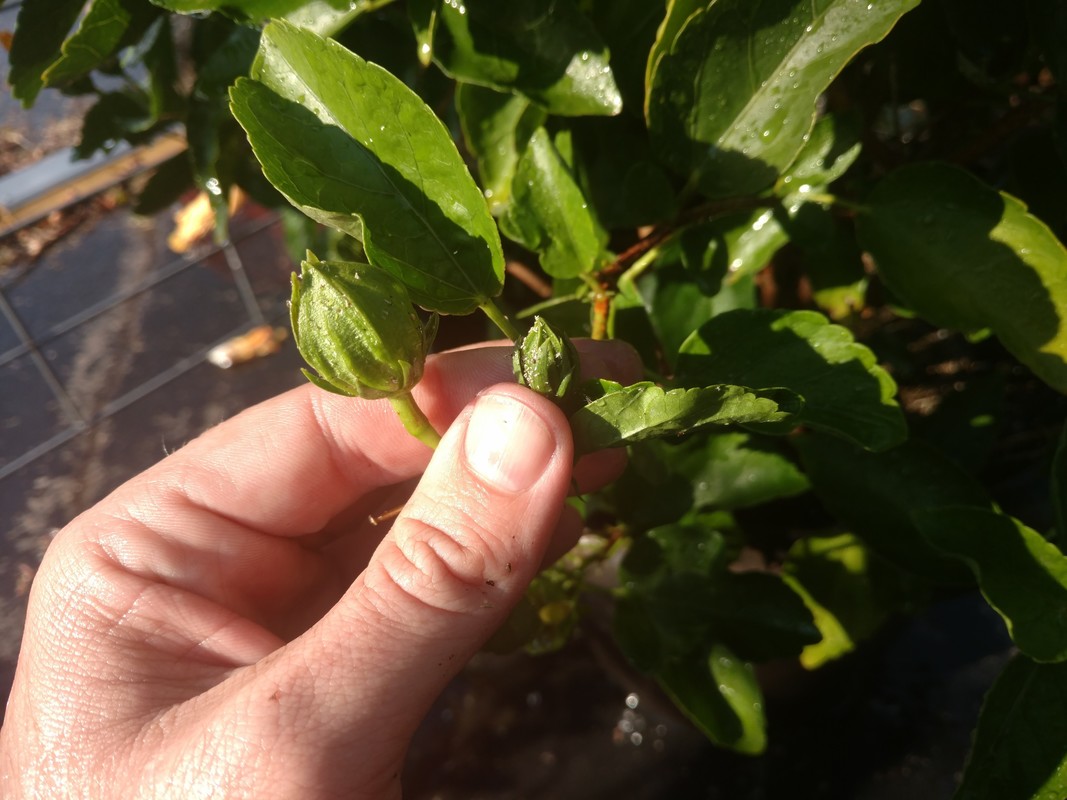
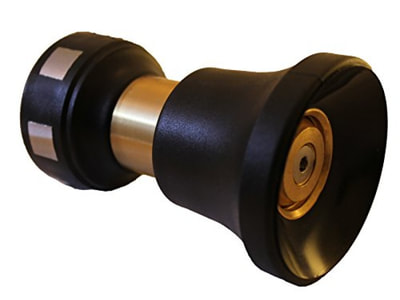
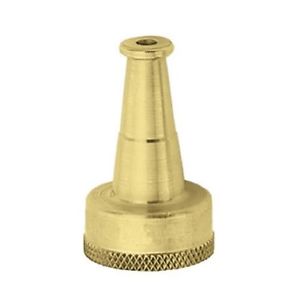
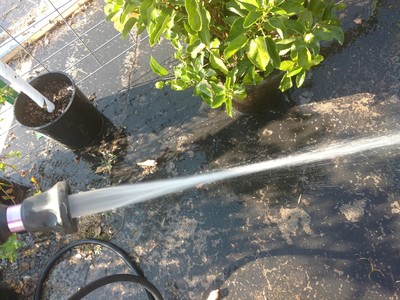
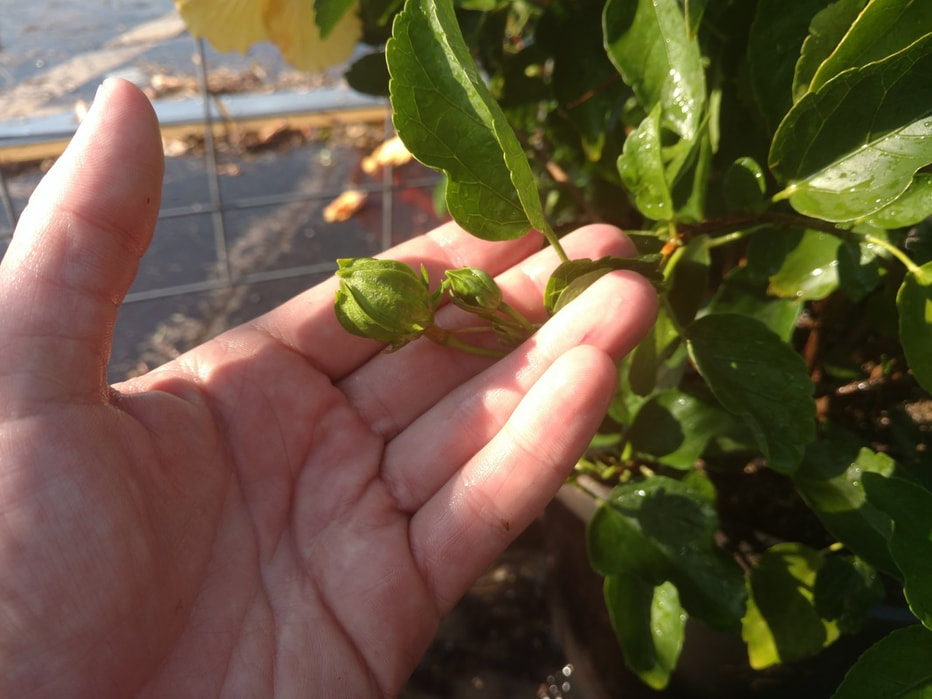
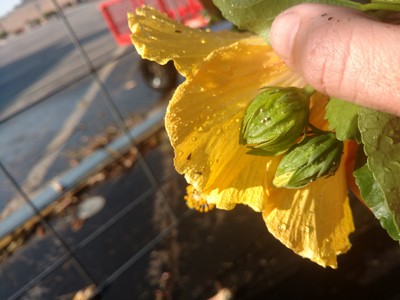
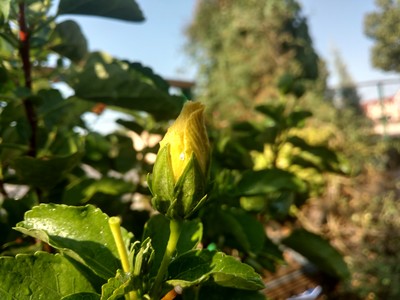
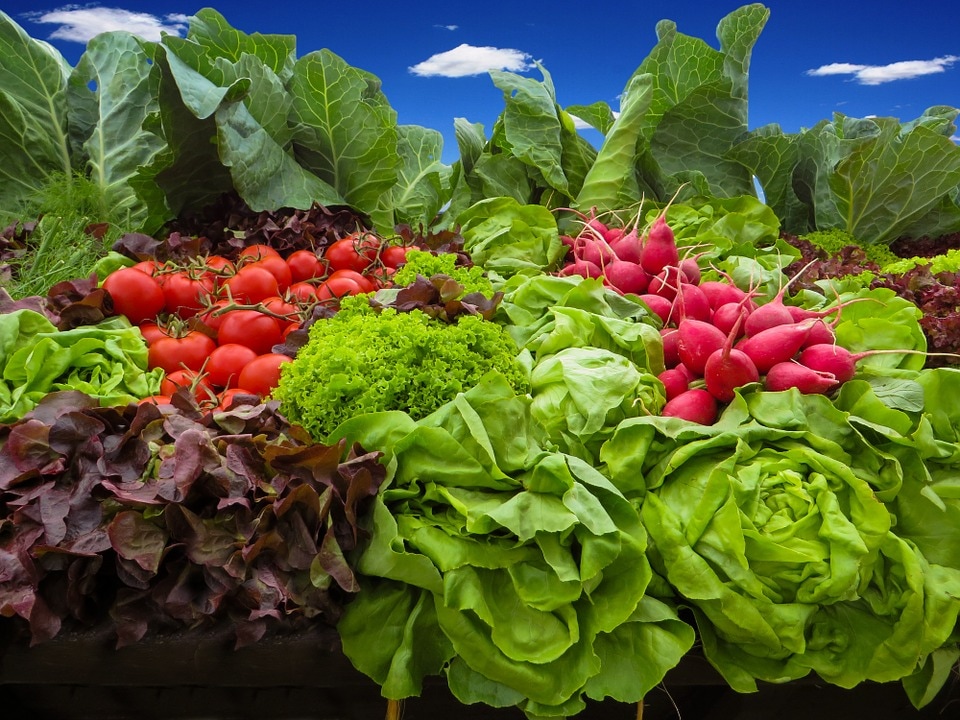
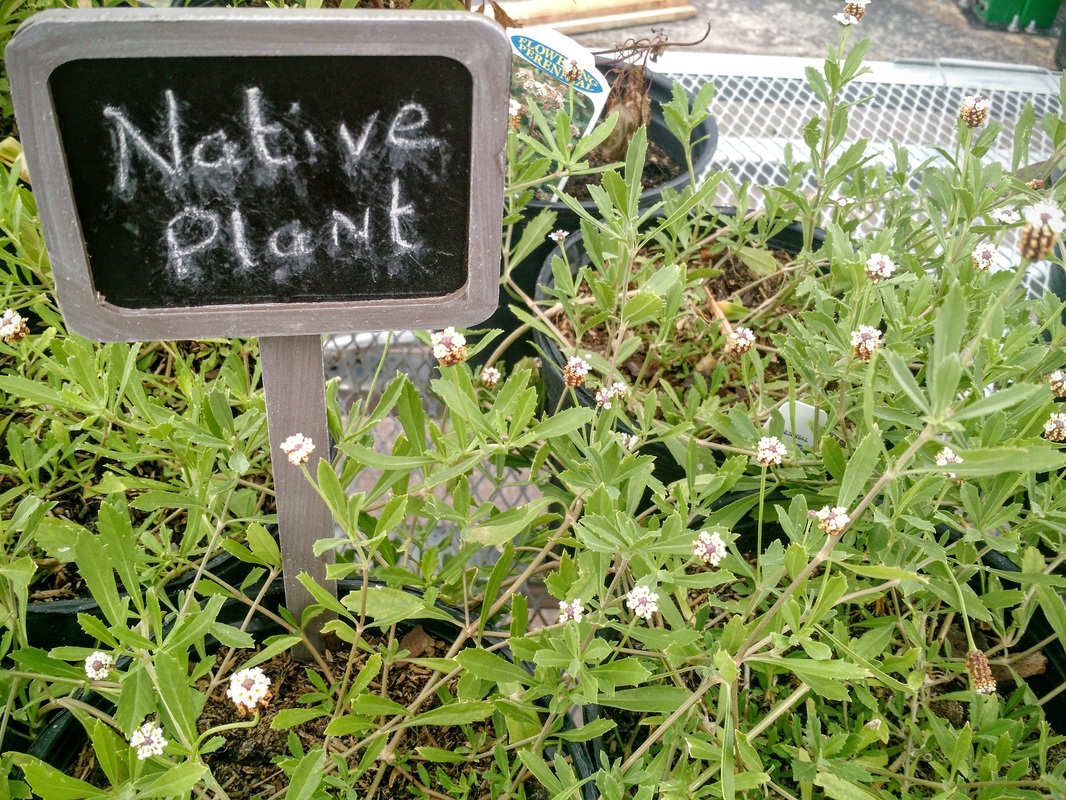
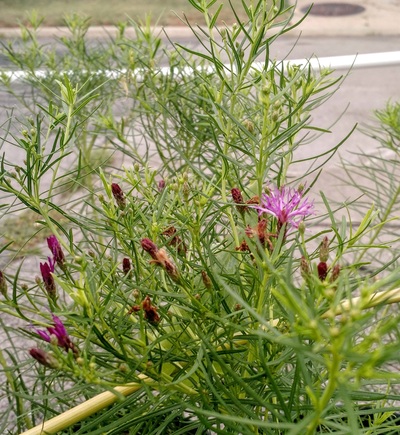

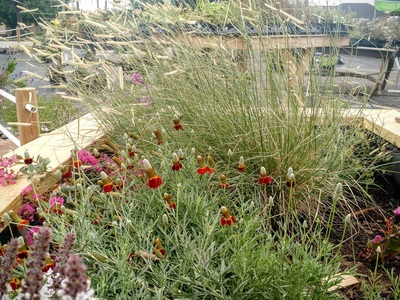
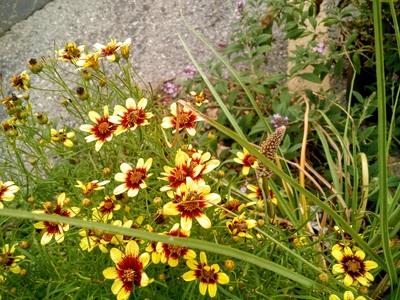
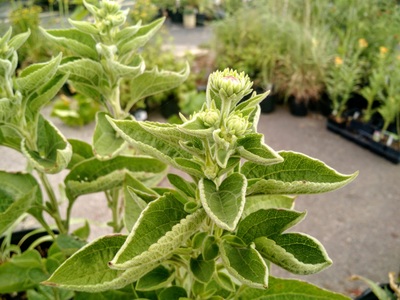

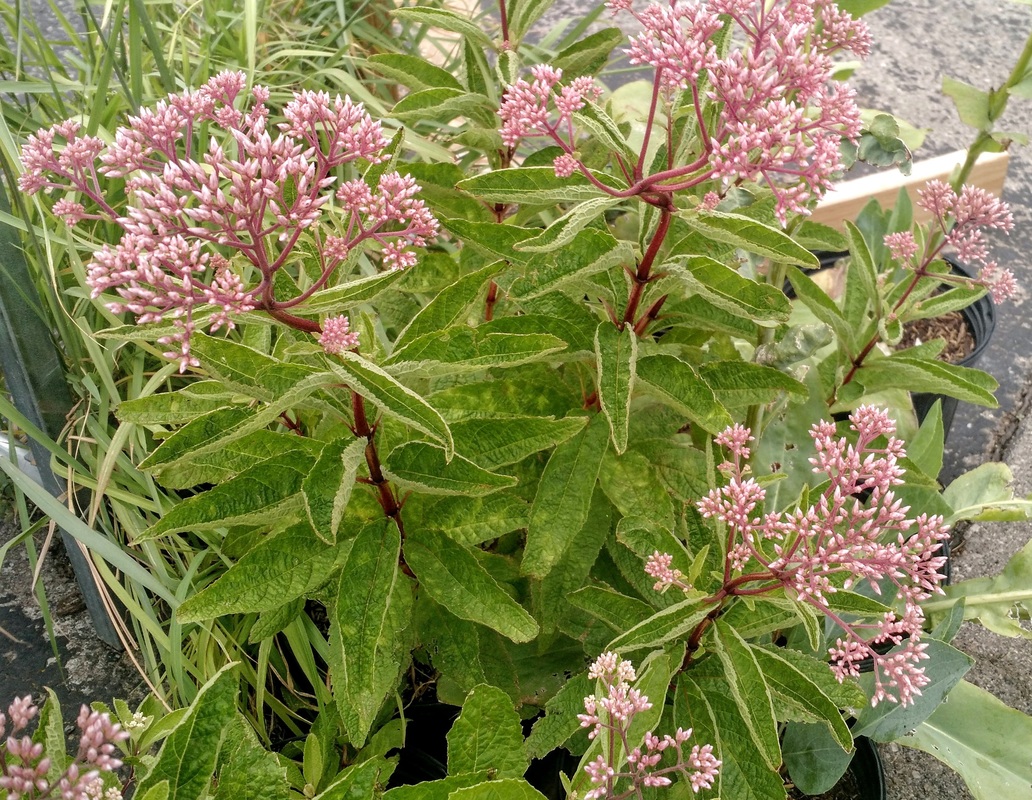
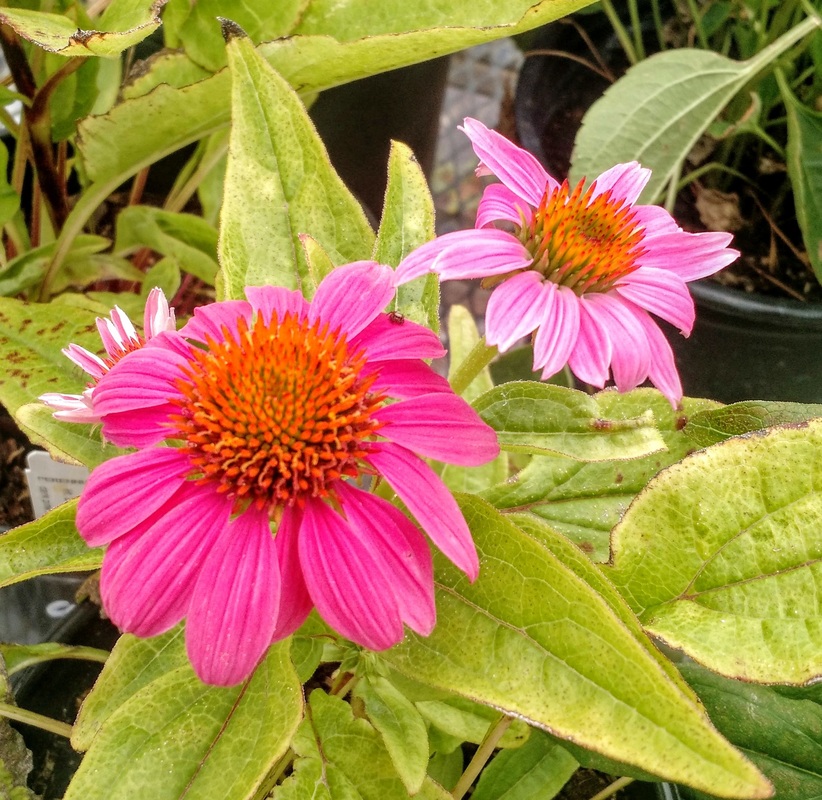
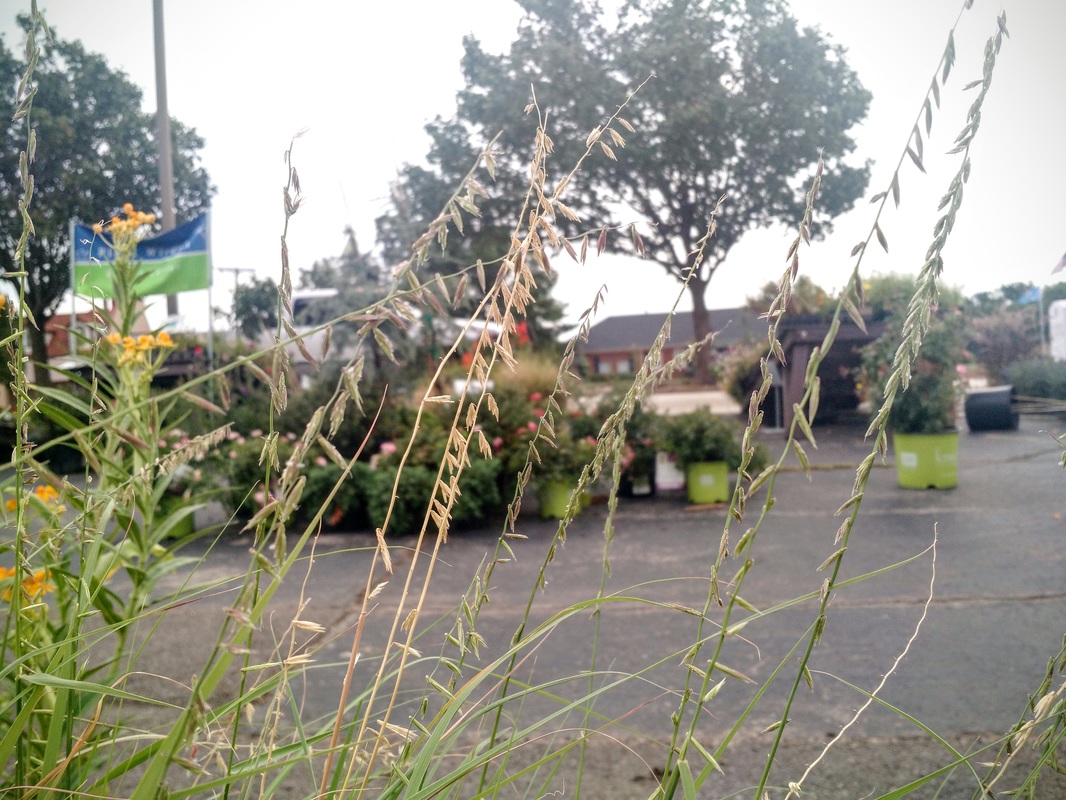
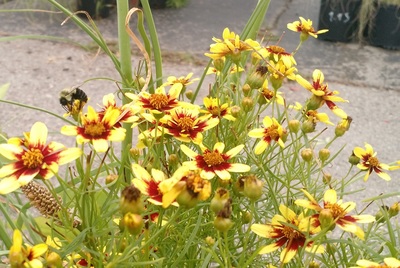
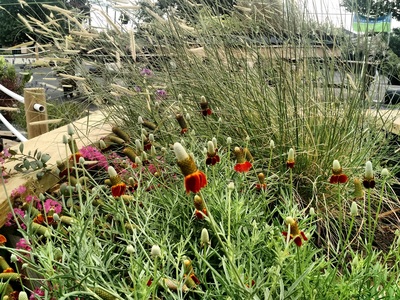
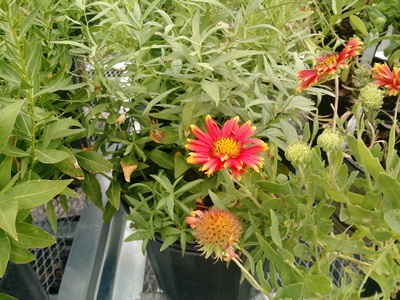
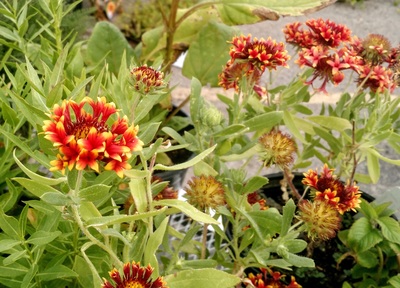
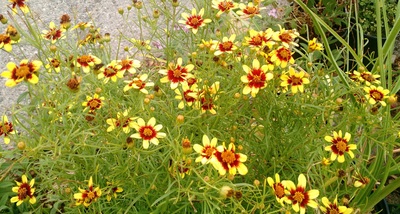
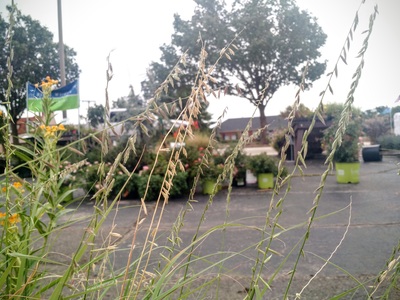
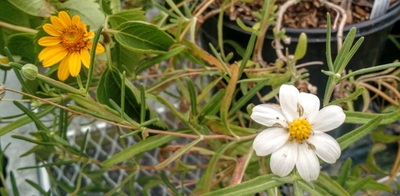
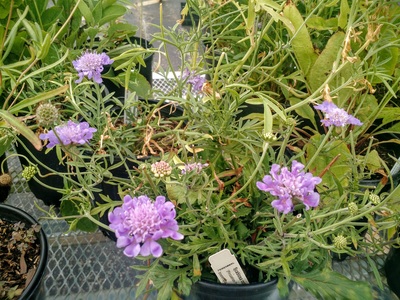
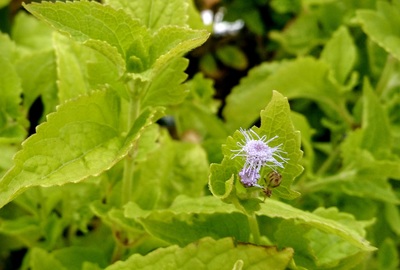
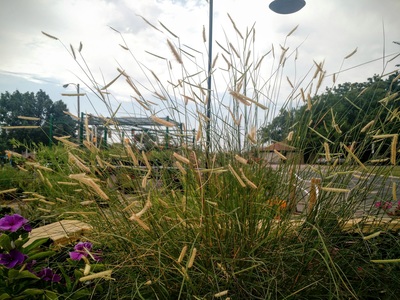
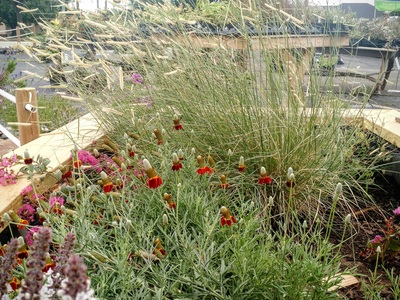
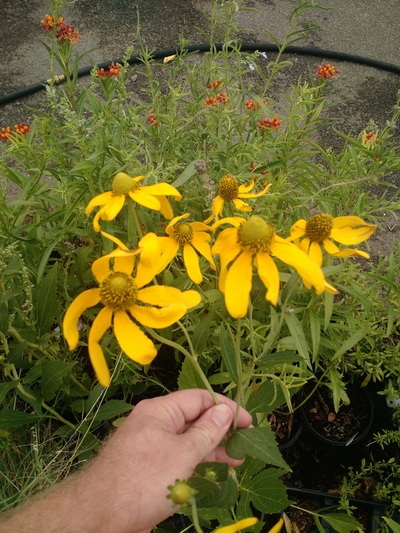
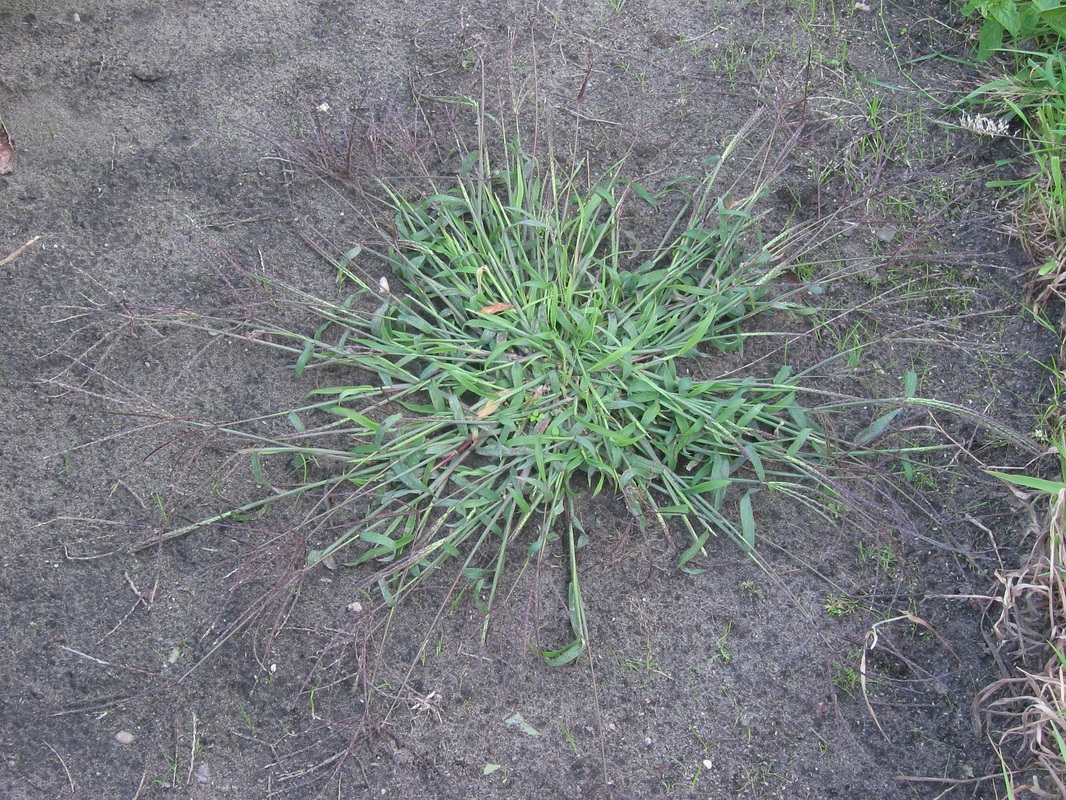
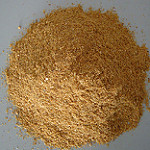
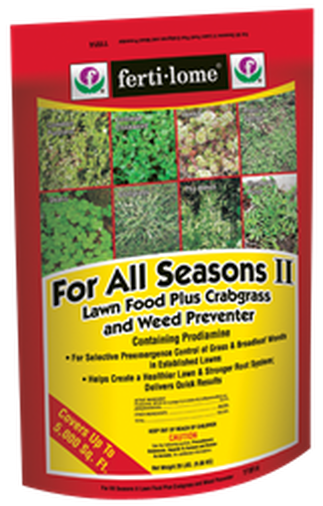
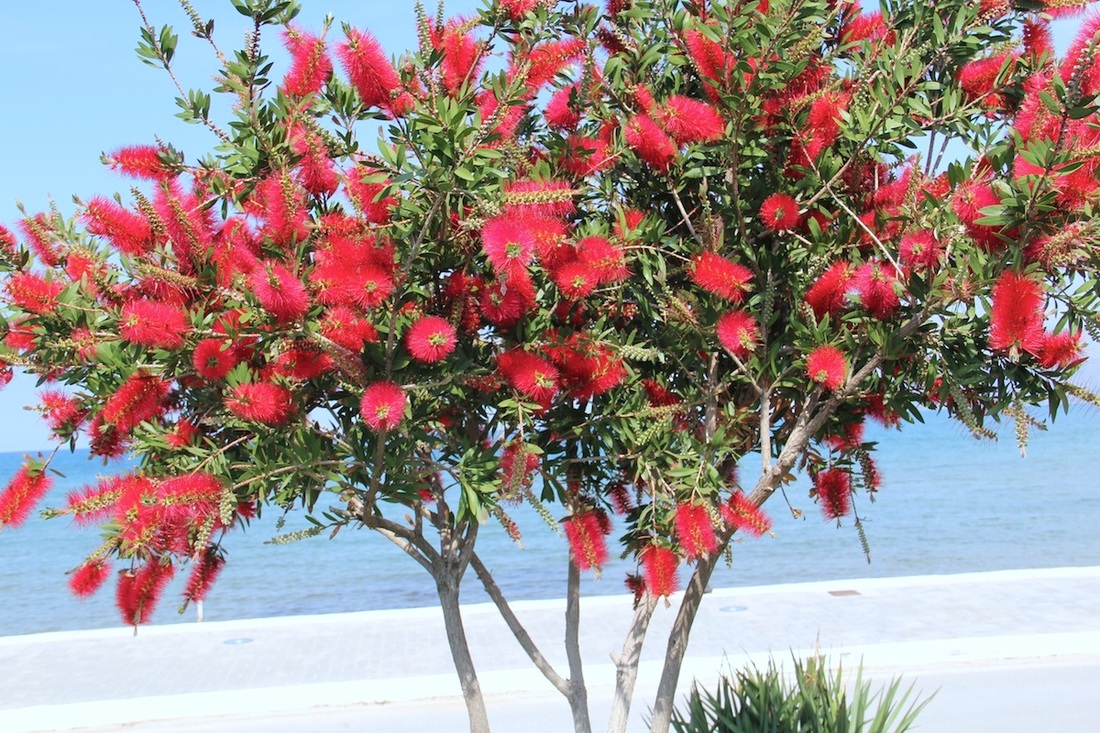
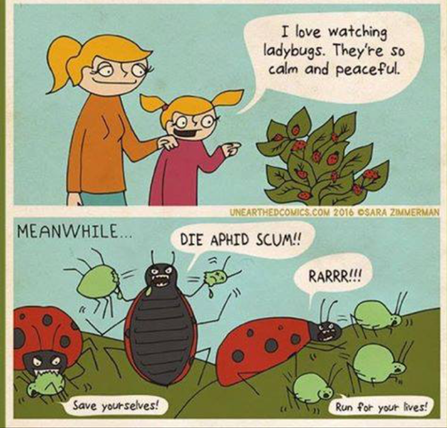
 RSS Feed
RSS Feed